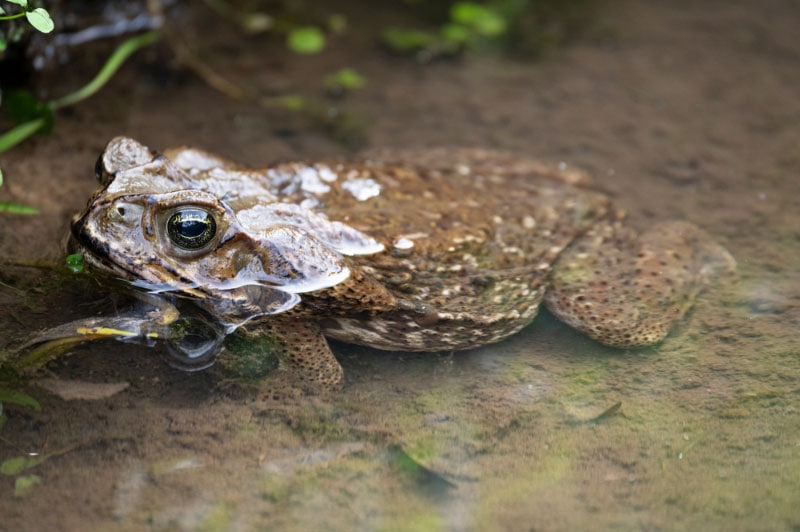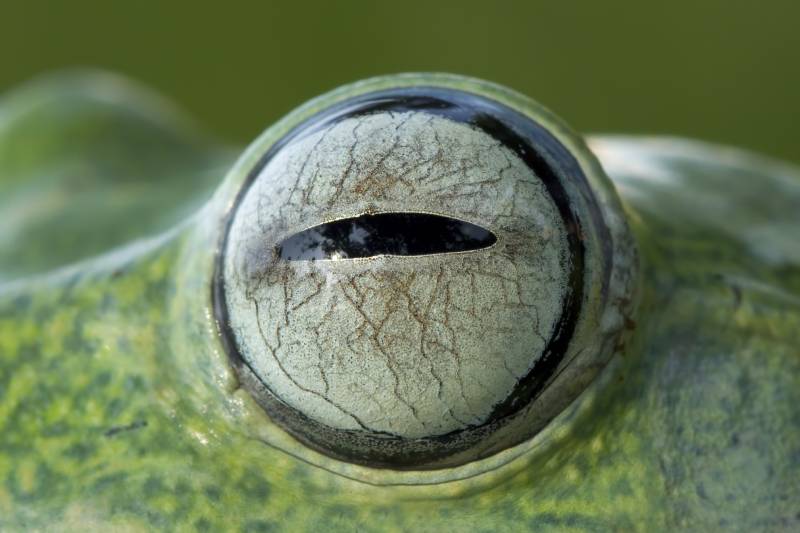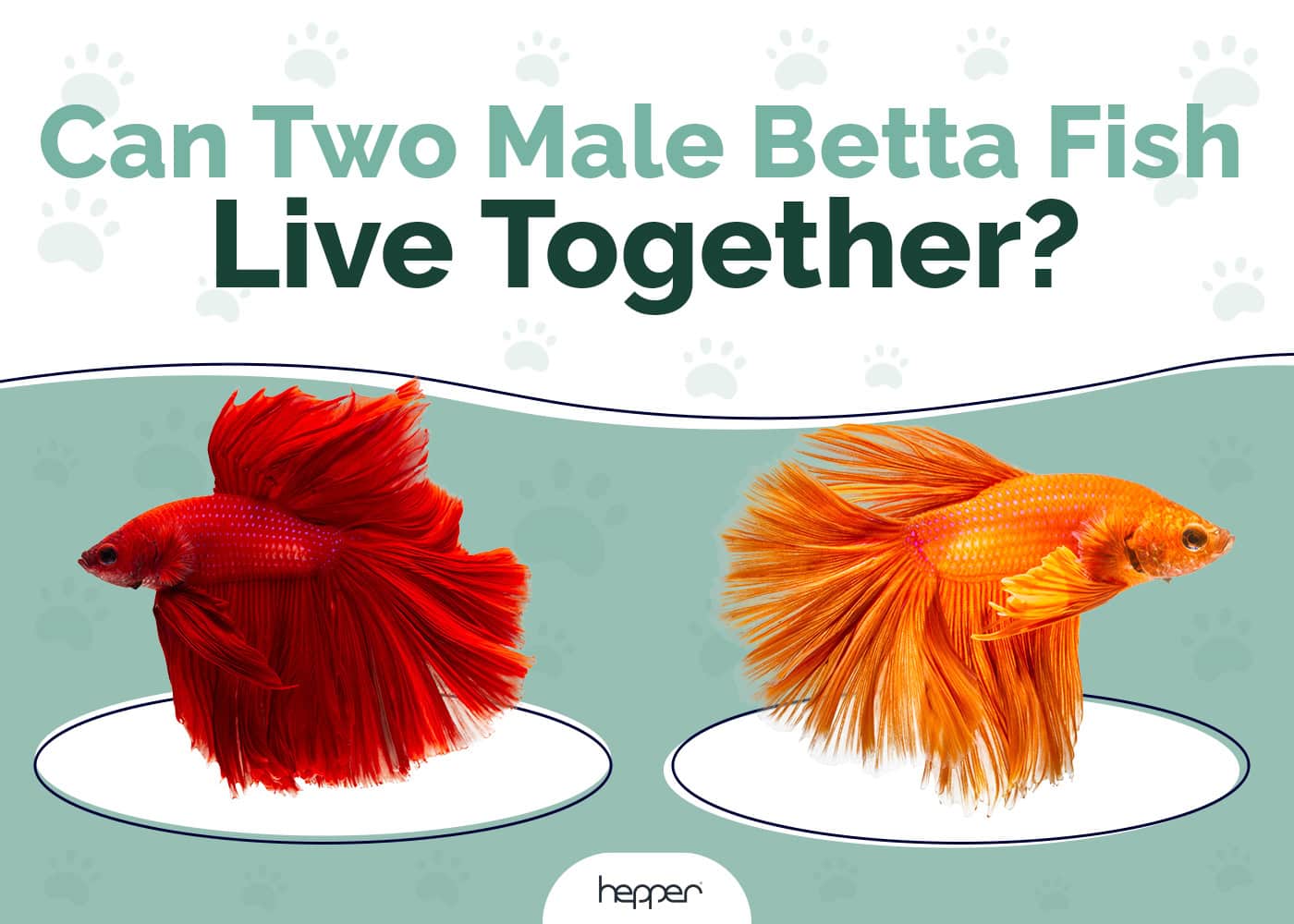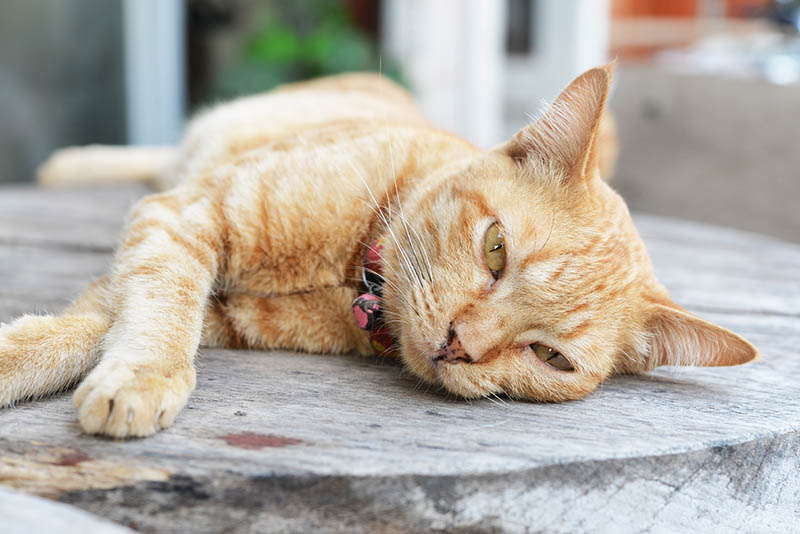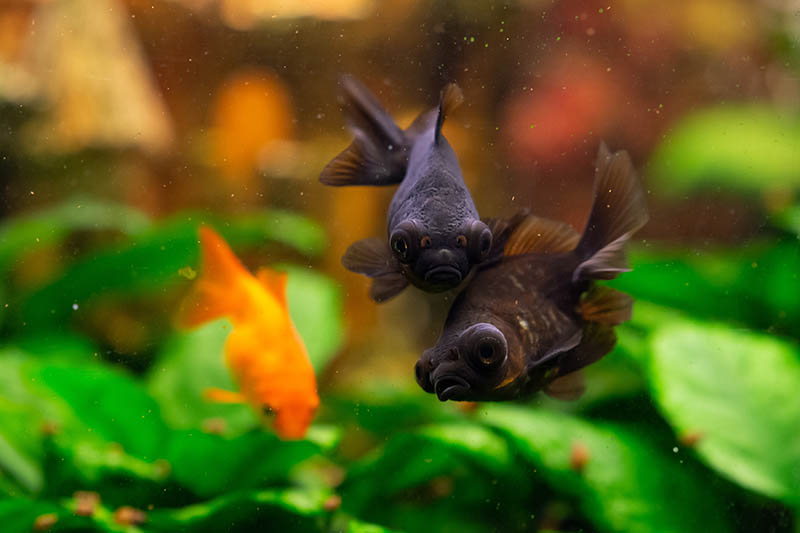Do Toads Hibernate? Vet-Approved Facts & FAQ
Updated on
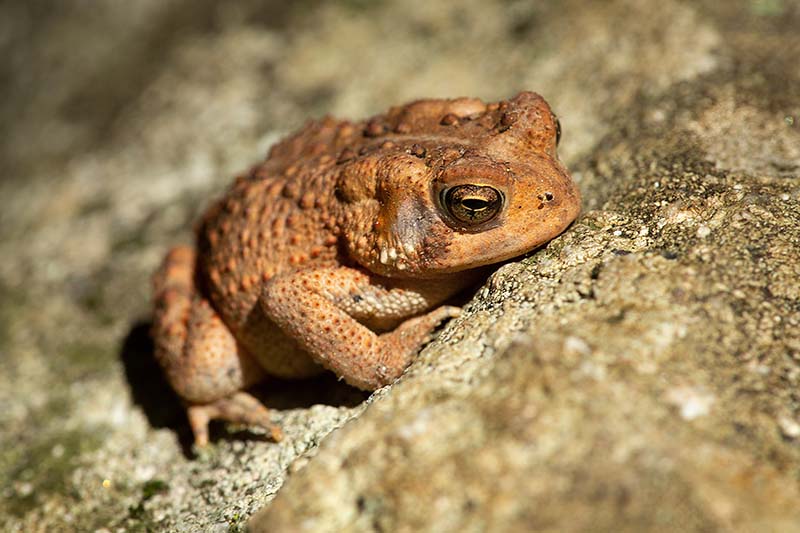
As animal lovers, we’ve all wondered about how wildlife deals with the extreme cold of winter in some climates. If you own a toad or have seen one in your yard in the winter, you might wonder how they survive the harsh winds and temperatures. Do toads hibernate? How do they get through the winter? Will your pet toad hibernate?
The answer is yes; toads do undergo a hibernation-like state in the wild, known as brumation. However, it’s unlikely that your pet toad will brumate. We’ll discuss everything you need to know about toads and brumation in the article below, so join us.
Do Toads Hibernate?
Toads are cold-blooded amphibians and inhabit most continents and climates. There are over 300 species of toads, and it’s interesting to note that toads are considered frogs, but not all frogs are toads. Toads go into a deep slumber-like state in the winter because they can’t regulate their own body temperature.
In fact, toads brumate, which is confused with hibernation. The toad is simply reacting to the extreme temperatures and shutting down, so to speak. Toads can wake up a few times during the winter if the temperature gets warm enough to come out of brumation.
The key difference between hibernation and brumation is that hibernation is performed by warm blooded animals, and usually involves fattening up before the process. Brumation on the other hand is performed by cold blooded animals, and involves no fattening up, and instead, survival is based on lowering the metabolic rate to very low levels.
From the first of September to October, toads prepare for the first freeze by burrowing deep underground.
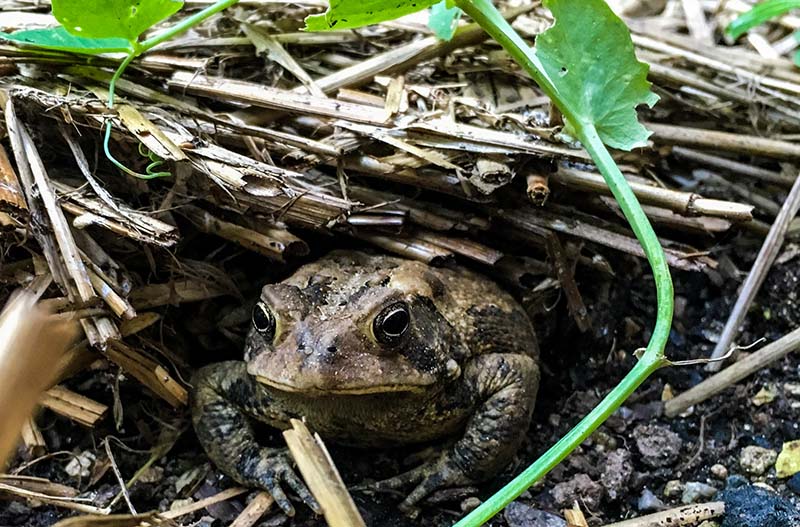
Do Pet Toads Brumate?
It’s highly unlikely that your pet toad is going to brumate. Brumation is involuntary, and the temperature in your toad’s habitat isn’t going to drop to a temperature that causes that to happen. Your toad has a heat lamp to keep the temperature in their habitat at a constant warmth. The only way to make your toad brumate is by manipulating the temperature, which could be dangerous since cold temperatures can kill your toad. Veterinarians do not recommend forcing pet toads to brumate by manipulating the temperatures.
Does a Wild Toad Make a Good Pet?
Please note that many states and jurisdictions may have legislation that prevents capturing or owning toads. Always make sure you have the permission to legally own an exotic pet before deciding to adopt one. Capturing wild animals is not advised, as this disrupts local ecosystems. Toads naturally produce toxins are not considered safe pets for children, the elderly, pregnant individuals, or immunocompromised individuals. They can also prove problematic for other pets, such as dogs and cats. In addition, amphibians may naturally harbor Salmonella and spread it to humans and other pets.
If you are in the US, please refer to state laws before deciding to adopt an exotic or wild pet. Elsewhere, please refer to relevant jurisdictions in your area.
Toads make interesting pets. However, these amphibians aren’t for everyone. While they are pretty easy to take care of, they require their habitat to be at a certain temperature to survive and be healthy. They have slimy skin that must remain moist and require very specific heat and humidity levels. They also have to have a very specific, balanced diet.
You don’t need to go into your yard and capture a wild toad for a pet; they must be left in the wild. However, they are said to bring good luck, and having them in your yard could be a good thing. You’re better off purchasing a toad from a pet store or breeder. However, you should ensure that you have the proper setup and a good UV light to provide the ideal environment.
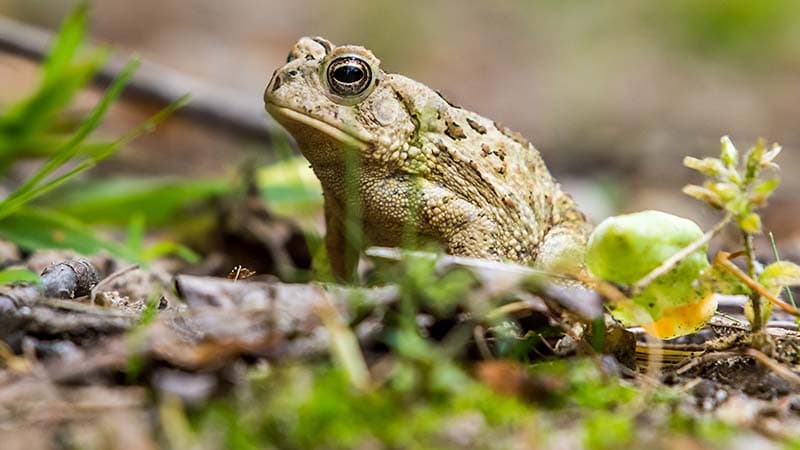
How to Help Wild Toads Survive the Winter
While you should have no problem with your pet toad surviving the winter, you might still worry about the wild toads that happen to hop into your yard when the temperatures plummet. You can help take care of these wild toads by creating a shelter for toads to get into before the cold weather hits. The shelter called a hibernaculum, is designed to help animals hibernate or go into brumation during colder seasons. You can also supplement your soil with nutrients, mulch, and compost to help.
You can set up large, loose containers containing mulch, compost, and newspapers for the toads to nestle down in.
Conclusion
Toads don’t hibernate but go into brumation instead, which is involuntary. Pet toads don’t hibernate or go into brumation because their habitat is already at the ideal temperature. You should never try to force your toad into brumation because freezing temperatures can be detrimental to your pet. However, you can help the wild toads in your yard by building them a shelter to burrow in before the cold weather begins.
Featured Image Credit: Jeff Holcombe, Shutterstock


